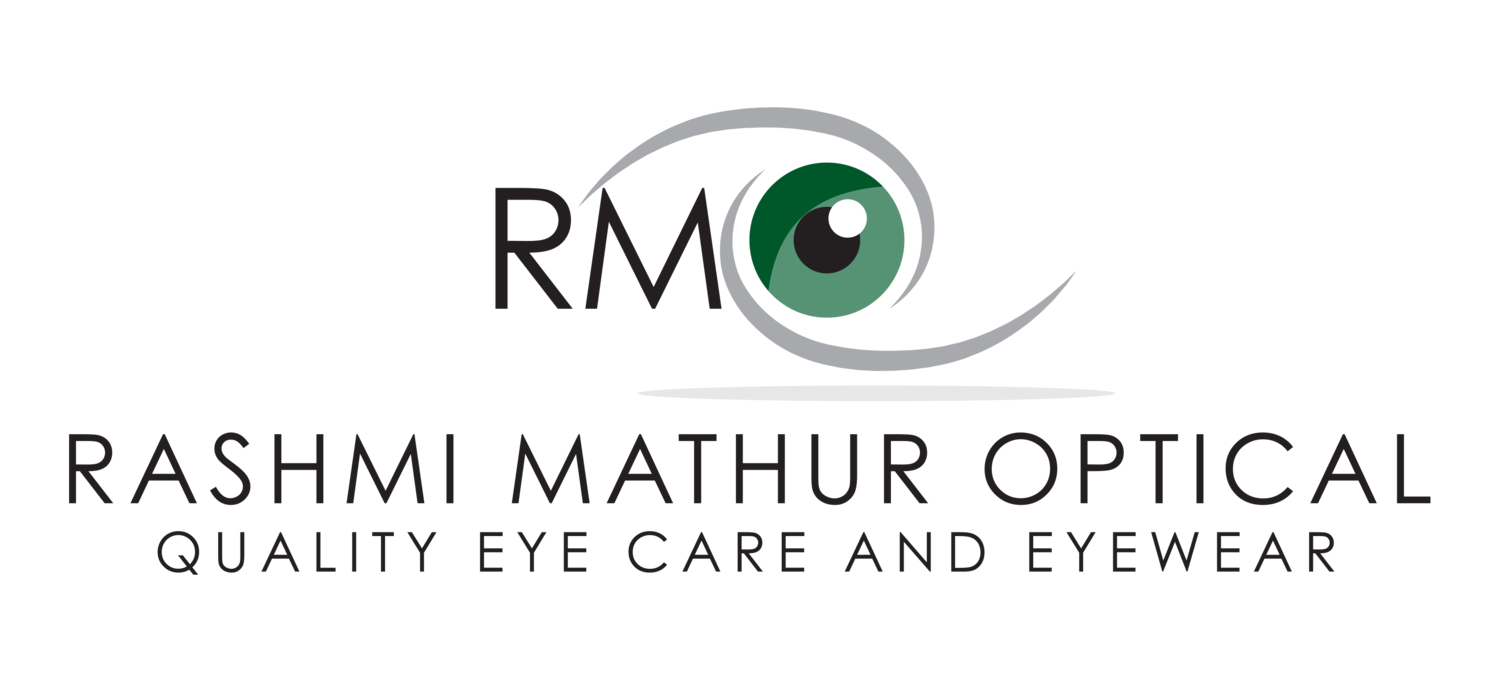Children’s Vision
The first six years are critical in the development of a child’s sight. Problems detected and treated during these years are more likely to be completely corrected than if discovered later.
Most children even at this critical age are using phones, Ipads, and computers as part of their everyday life. They are always going to hold the devices close for the simple reason that they are small and have shorter arms.
25% of all children have visual problems. There has been so much literature and experience that children are becoming myopic earlier with the increased near vision strain of digital devices.
Childhood Vision Problems
We recommend that children start having their eyes tested by about the age of 3. This is particularly important in families where one or both parents have visual problems.
80% of learning is visual. If a child can’t see clearly, they are going into their school with a significant handicap which affects both their academic & social achievement.
Often children are considered slow learners simply because they cannot see well enough.
1. Squint -There are six muscles that control the movements of the eye. A lack of control in one or more of these muscles can make the eye seem like it is “turning”, i.e. one eye looks in the right direction and the other appears to be directed elsewhere. The term “lazy eye” comes from the fact that this eye is not actually being used because it’s looking the wrong way. Up to the age of six, this can be usually fully corrected by a combination of exercises, spectacles and in some cases, surgery. Beyond that age, the “lazy eye” can be treated but it is unlikely to ever match the standard of the good eye, even with spectacles.
2. Short-sightedness -This is when children cannot see in the distance. Once diagnosed, it is highly likely that they will always have to wear either glasses or contact lenses. Short sightedness tends to increase up until the mid-twenties.
3. Hyperopia or long-sightedness -This is when a child has difficulty focusing at near objects but can see well at a distance. This is a potential cause of headaches, eye rubbing, tired eyes and difficulty concentrating. Many children are born long-sighted and outgrow it in time.
4. Colour Deficiency -Up to 4% of males are colour deficient. It is relatively rare in females. Some professions require perfect colour vision, e.g. pilots, electricians, navigators so it is crucial for this to be detected early to make appropriate career choices.
Read more on colour vision here.
Normal versus colour deficiency
Is there any point in testing a new born baby?
This is the best time to start. An optometrist can establish:
The health of the eyes
Whether the child is short-sighted or longsighted
Whether the baby has a squint
General reminders for parents and guardians:
Limit digital & screen time
Give them foods rich in vitamin A (carrots, pumpkin, mangoes, eggs, milk etc0
Use goggles when swimming – particularly in pools, as this helps avoid eye infections.
If they need spectacles, ensure that they wear them
Encourage them to do homework sitting at a table or desk to keep at the right working distance from their books.
Make sure that they have good lighting when working, reading, or watching TV
Glare Protection for children
UV from the sun is harmful to skin as well as the eyes. Children spend a lot of time outdoors- playing and swimming so should be protected.
Spectacle lenses are made of the material polycarbonate which block 100% of UV radiation which means that even clear lenses give them that protection.
They don’t necessarily need tints or Transition lenses unless they are very glare sensitive (watery eyes or discomfort).
Ready Made sunglasses can be harmful for children
They should be polycarbonate lenses with 100% UV protection. Cheaper grade sunglasses may be made from another material called triacetate. This absorbs only about 40 % of the UV rays so simply serves as a dark filter. The danger of these is that it fools the eyes into thinking it is dark causing the pupils to dilate. This allows MORE harmful light to eneter the eyes.
Please be careful what you get your children as sunglasses.







